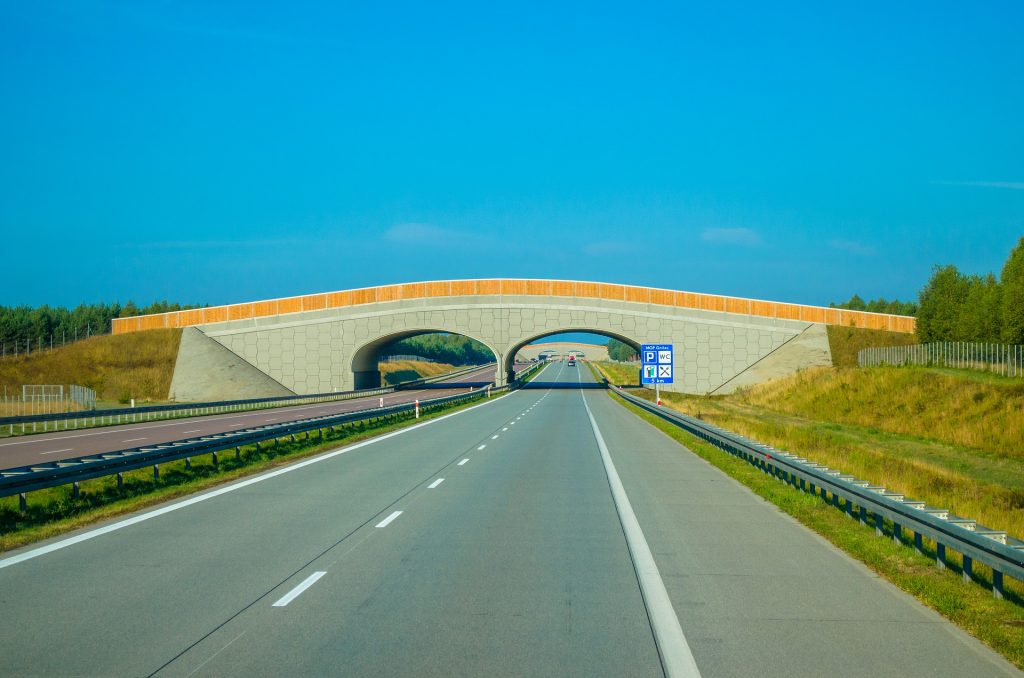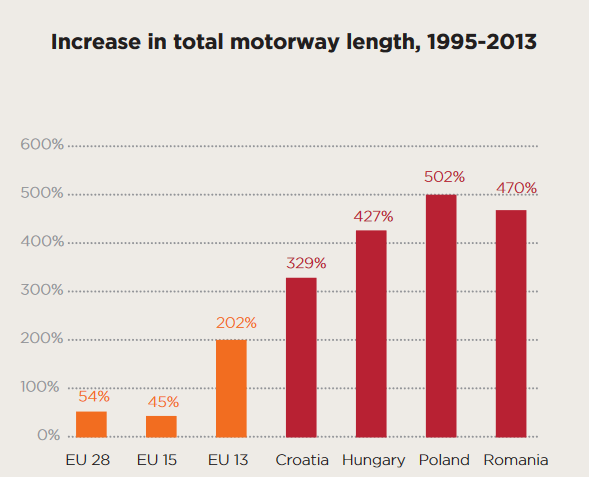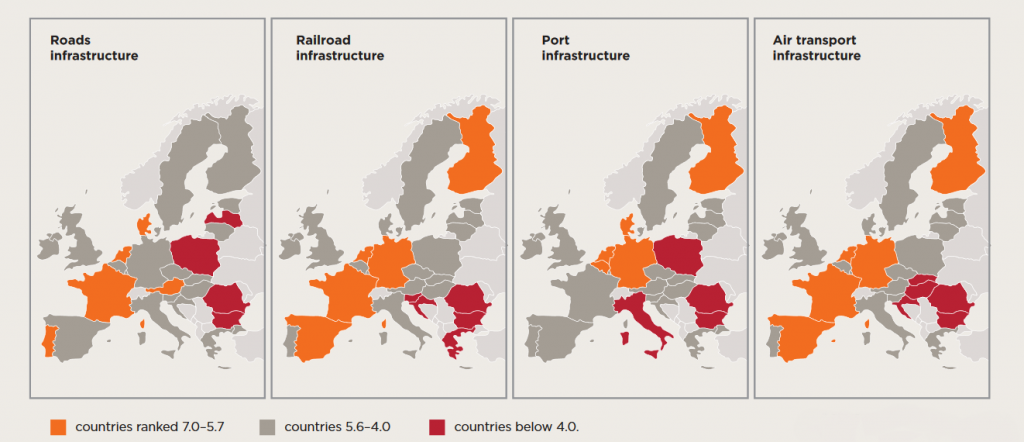Central and Eastern Europe needs 615 billion euro investments in transport infrastructure
Central and Easter Europe needs 615 billion euro investments in transport infrastructure, just to catch up with neighboring states in the West. Connecting the East and the West is paramount, not only for rising the competitiveness of Eastern states, but also for creating a truly unified Europe, capable of playing a major role on the global stage.
Central and Eastern Europe needs investments in infrastructure that amount to 615 billion euros, according to the latest PwC report on transport, entitled the Road Ahead. The analysis shows that there is a significant gap when it comes to connectivity between Western European states and Central and Eastern countries. And while significant progress has been made in the last two decades, there is still a long way to go before Europe is truly a unified territory, when we talk about transport infrastructure.
Having transport infrastructure as efficient as that of Western Europe would mean a quantum leap in for the countries in the East and it will enable them to grow their economic perspectives as businesses look for efficient, safe and fast connections. But according to the Global Competitiveness Report for 2016 and 2017, countries in Central and Eastern Europe score low on the Global Competitiveness Index, a measure that correlates with a country’s global infrastructure rank.
Enhancements to a country’s infrastructure are directly connected with its competitiveness, by increasing its investment attractiveness and ease of doing business. There is significant variation in GCI scores and infrastructure rank across Europe, and even within
CEE itself. The EU15 has an average infrastructure rank of 5.65. No CEE country exceeds 5, while the average for the region is 4.02, and some countries, such as Albania, Romania and Moldova, score as low as 3.5.
Even more, in the WEF Executive Opinion Survey, business leaders noted that inadequate infrastructure is a substantial barrier to business growth in CEE. It is ranked as one of the most significant barriers in all CEE countries (e.g. 4th in Bulgaria, 7th in Poland
and Romania), the report shows.
The long road of unity

While for years investments in transport infrastructure have reached historic lows in many of the CEE countries, in the last decade, significant progress has been made, especially due to the existence of funds coming form the European Union. As some countries begun their accession to the EU, they started accessing funding and some have even changed dramatically the landscape of their transport infrastructure.
Most of the new investments went towards the road networs and more than 5,600 kilometres of new motorways were built throughout CEE since 1995. In some countries the growth rate was of 202% in total, that is almost five times the pace in the EU15.

But with all the investments and growth, disparities remain high. For example, despite the 202% increase in length of motorways over
the last 20 years, the total number of kilometres per million inhabitants in the EU13 remains less than half the figure in the EU15, 81 km versus 165 km. Also, there is still considerable disparity in both availability and quality of road, rail, air and port infrastructure across CEE; gaps within and between the networks cause bottlenecks in the movement of both people and goods, particularly across borders.

In order to reach unity, the completion of the TEN-T network corridors is crucial. The plans were approved in December 2016, laying
the foundation for completion of the network by 2030. The North Sea-Baltic corridor, the Baltic-Adriatic, the Rhine-Danube, the Orient / East-Med and the Mediterranean, will unite the eastern countries of the EU from north to south and from west to east. They traverse major European transport axes, providing much-needed links to economically important regions. From the emerging economies of Eastern Europe to the established centres of Western European commerce, these corridors open up significant potential for sustainable economic growth in Europe, which means opportunities throughout old and new EU member states and the development of trade and business relationships with Asian countries and globally, the report suggests.
A change in methods

But in order to be able to finance the projects, states cannot solely rely on the European Union budget and they have to reform, attract private investors and change policies and legislation in order to get the funds they need. A collaboration between the private and the public sector could go a long way not only in raising the money needed for such large-scale projects, but it could also assure that they are competitive in terms of costs and profits.
While some states have been able to promote such partnerships, others still face legal challenges and will have to provide new legal frameworks in order to make them work on the long-term and for such large scales.
Another crucial thing when talking about he need of transport infrastructure investments is that projects have to be developed taking a regional perspective. States have to learn to work together when it comes to transport and within each country, investments should reach regional and not punctual areas.
This is the case, for example with Rail Baltica, the largest railroad infrastructure project ever undertaken in the Baltic nations. It will connect the Baltic States and Poland with the rest of Europe, from Tallinn to Warsaw via Riga and Kaunas, thereby linking the new EU member states of Estonia, Latvia, Lithuania and Poland with a faster, interoperable, direct rail line for both freight and passengers, and offering an alternative to the predominant traffic flows with Russia and Belarus.
But this project also has its hurdles. The railroad will need additional supportive infrastructure, and the costs cannot be covered by national budgets. This is why the states are already looking at private financing option.
And besides all these, countries will also have to address the social and environmental costs of such large projects and rally up the public support that authorities need in order to give the green light, once the funding has been assured.
While Central and Eastern Europe is playing catch-up with neighboring Western states, another recent PwC report highlights that the technology sector is rapidly changing the transportation needs of this century and that any long-term investment plan should take into account the developments of the recent years. Electric cars, autonomous vehicles and drones should be considered when thinking about connectivity in the next two decades.